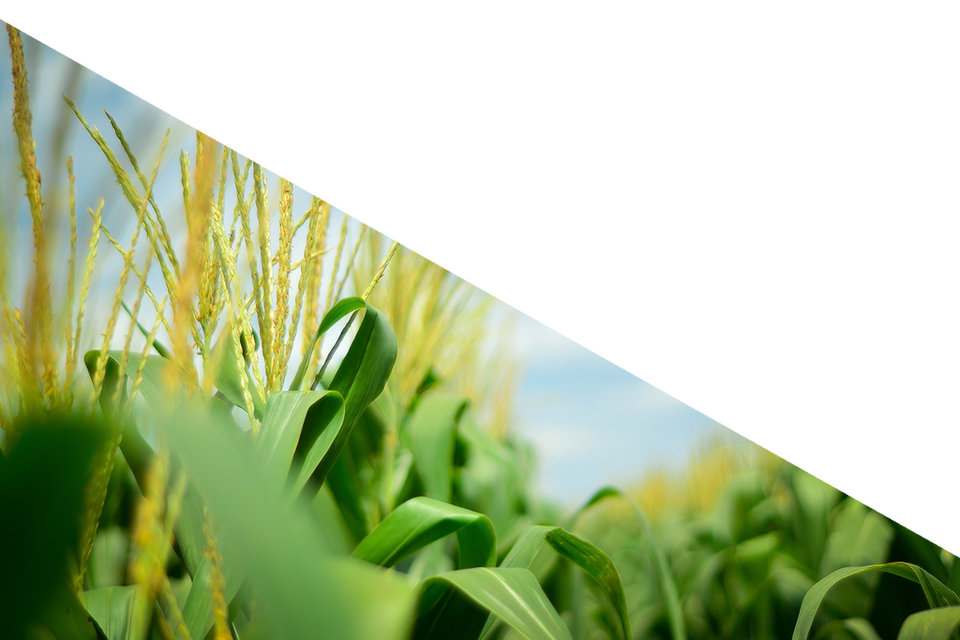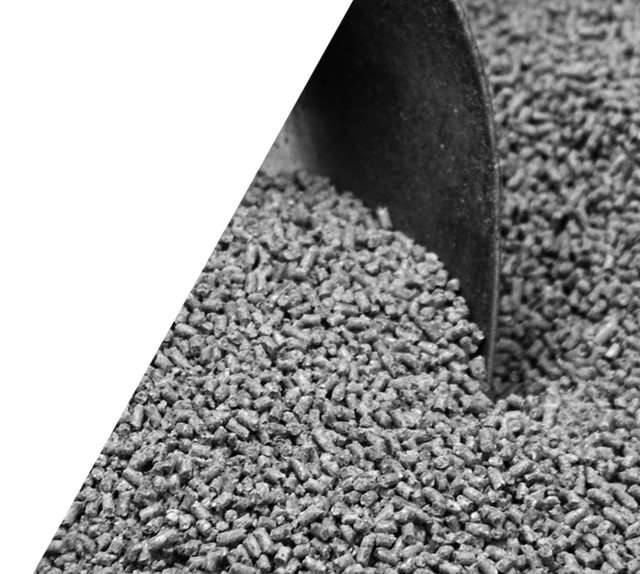
Alltech’s Harvest Analysis Shows Mycotoxin Impact On Both Sides Of The Atlantic.

After two major Harvest Surveys were undertaken by Alltech®, covering the US and EU markets, the results are here.
European markets are displaying an increased risk of mycotoxin contamination in ruminant and monogastric animal’s feed.
Thanks to varied weather patterns across wide parts of Europe, the Summer Harvest Survey shows a blend of Aspergillus- and Fusarium-generated mycotoxins, as well as Penicillium, which will result in multiple mycotoxins in finished feeds.

Fumonisin is also trending higher, both across US states and in Europe.
Mycotoxins are a regular concern for producers, as they influence feed quality and animal safety. They are produced by certain species of molds and can have toxic properties that impact animal health and performance.
And once there are mycotoxins in the crop, they will not go away: higher levels of mycotoxins are particularly common on farms practicing monocropping of corn, as opposed to those farms that are rotating crops or using deeper tillage methods.
“Understanding the risk (and combinations) of mycotoxins, even at lower levels, allows livestock owners and managers to institute a management program for more optimum performance and health,” said Dr. Max Hawkins, nutritionist with the Alltech® Mycotoxin Management team. “Testing feedstuffs and finished feeds is paramount to putting this management program in action.”
Mycotoxins are seldom found in isolation, and when multiple mycotoxins are consumed, they may have additive, or even synergistic, interactions that increase the overall risk to performance and health, when compared with a single mycotoxin challenge.
For feedstuffs harvested in 2017 and that are currently being fed, it is important to conduct a mycotoxin analysis that identifies the storage mycotoxins, including Penicillium and Aspergillus groups, as there is potential for additional mycotoxins to develop during storage.
Proper management techniques can reduce the risk of mycotoxins coming from feed materials as well as help to prevent any negative effects on animal health and performance.
High levels of mycotoxins in corn silage across the U.S.
In 2016, corn growers faced challenges from mycotoxins, and those challenges seem likely to show up for them again as they harvest this fall.
The US experienced a tricky 2017 growing season, with varied weather conditions that could not only reduce yield, but also increase plant stress, and consequently, higher levels of mycotoxins.
Corn silage samples from across the U.S. have shown extreme levels of mycotoxins, particularly deoxynivalenol (DON), type A trichothecenes (T-2), fusaric acid and fumonisin.
Samples submitted to the Alltech 37+® mycotoxin analytical services laboratory, between September and November 2017, show that grains contained mixtures of mycotoxins, including DON, fusaric acid and fumonisin. Forages such as corn silage, barlage and haylage samples also contained multiple mycotoxins, including DON, fusaric acid, T-2 and fumonisin.

Ruminant and monogastric animals in Europe at high mycotoxin risk.
The Alltech 37+ European Mycotoxin Summer Harvest Survey offers a high-altitude view of the potential mycotoxin risk of grain and forage crops to livestock.
Samples of wheat, barley, corn, corn silage and grass silage were submitted for analysis to the Alltech 37+® mycotoxin analytical services laboratory in Dunboyne, Ireland, between September and November 2017.
The samples are representative of many geographic regions across Europe and were analysed for 40 individual mycotoxins, including a new panel of five mycotoxins.
The grain crops are showing risk levels of trichothecenes from deoxynivalenol (DON) and type A trichothecenes (T-2) to swine. Meanwhile, silages are showing risk levels of not only DON and T-2, but also high levels of Penicillium and, to a lesser degree, aflatoxin.

